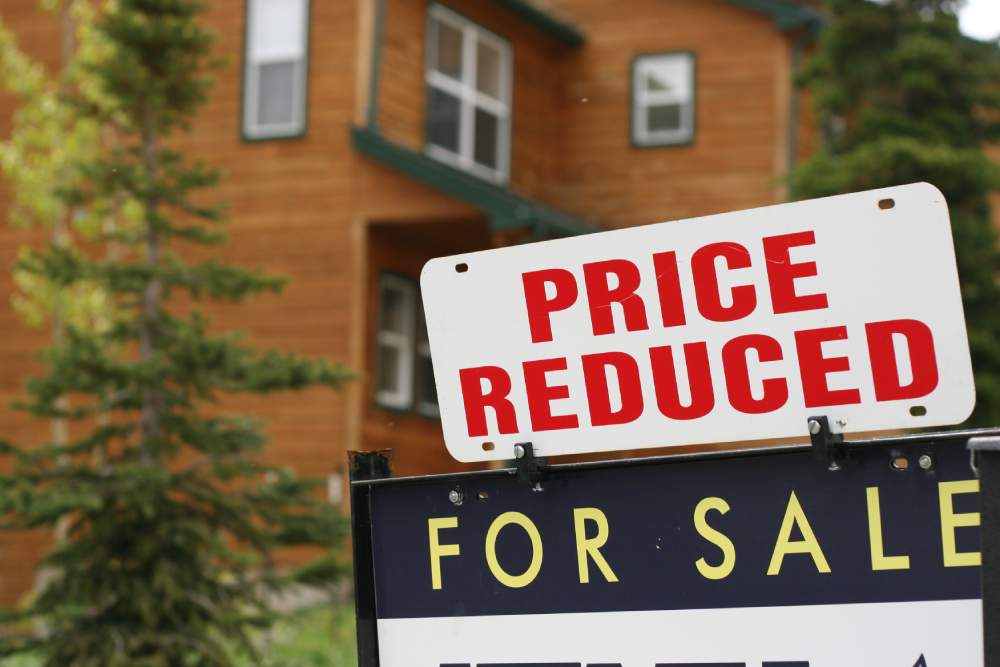Easements are a staple in property law in England and Wales. People who own property where they’re within proximity to other buildings or landowners are more than likely to have come across the term easement. It can be a lifesaver or throw a spanner in the works. But what exactly is an easement?
An easement is the legal right for someone’s property to be used by someone else for a specific purpose. For example, if a group of houses share a driveway, an easement will clarify the right-of-way through the driveway, allowing the person who owns one house (the dominant land) to use different portions of someone else’s property (the servient land) for uses like parking their car.
This is just one example of where an easement might be used, but in reality, an easement can be used in many situations. These include granting access to a neighbouring property, allowing utility companies to install and maintain services, enabling rights of way for on foot or with a vehicle and more.
Types of Easements
There are three main types of easements in property law, each to accommodate different situations:
Express easement: This type of easement allows someone to use another person’s property for a specific purpose, which is outlined in a legal document like a deed or Transfer. This is used in circumstances where people may want to sell their land but still be able to use a driveway on it, for example.
Implied easement: An implied easement is a legal right, but it’s not stated in a deed or contract and is recognised under common law. There are some circumstances where a need for an easement is obvious or necessary. For example, when a piece of land is landlocked, meaning the only way they can access a public road or footpath is by using someone else’s property. In this situation they may be allowed to use someone else’s property to access the public footpath without it being classed as trespassing. An implied easement may be noted in the protocol forms as an overriding interest, or could be registered at HM Land Registry with the document that evidences that an implied easement has arisen such as a statutory declaration, statement of truth or court order.
Prescriptive easement: there are some easements that are in place simply because the land has been used that way for a certain amount of time. In the England and Wales, the required time frame for a prescriptive easement is a minimum of 20 years. Like the other types of easements, this is a legal right as long as the dominant landowner has been using the servient land as if they had a right to do so and in an appropriate manner.
Understanding the different types of easements can help you to understand how they’re obtained.
Obtaining an Easement:
There are many reasons that easements might be created, and with different reasons come different methods of creation. Here are some of the ways that easements are created:
- By grant: getting an easement by grant is usually made in the form of a transfer or deed to prove that it’s a legitimate legal document. The easement needs to be given to the owner of the dominant land by the owner of the servient land.
- By reservation: if someone moves into a property and they want to have access to another person’s property, they will need to make them aware that they intend to get an easement. This would be obtaining an easement by reservation. It’s worth noting that if an easement already exists, a new dominant landowner has the right to retain the easement, but much like obtaining it by grant, this will need to be done in writing.
- By necessity: like we mentioned earlier in an implied easement, there are some cases where an easement is the only viable option. For example, if land can only be accessed legally with an easement in place, then the easement would be created by necessity.
Understanding why easements are created can give insight into how they benefit some property owners. However, they can cause limitations on properties that you need to be aware of if you’re buying a property where an easement is in place.
Implications of an Easement for Property Owners
Finding out there’s an easement on your property can be overwhelming. In some cases, the easement won’t make much of a difference to your life, but in others it can create implications. These include:
- Restrictions on property development: if there is an easement on your land, it may block you from developing certain parts of your property. For example, if someone has an easement regarding using your driveway to access their property, you won’t be able to develop anything that blocks the drive.
- Maintenance obligations: if you own the land, and there’s an easement which gives other people the rights to use it, you may find yourself being responsible to maintain that area or pay for the maintenance of it. This can include things like maintaining access roads, clearing pathways or conducting inspections for the easement holder.
- Property value: In some cases, the implications that an easement affects the value of the property. While some might have little impact, others can make properties less desirable and marketable, so it’s worth being aware of this before your property is on the market, or purchase one a property with an easement in place.
To understand the true implications of an easement will only be clear when looked at on a case by case basis.
Lawyers for Easements
The implications of an easement can be intimidating, especially when you’re navigating the property buying process. If you need advice or someone to guide you through any legal complications that might arise, our property lawyers can help you along the way.





